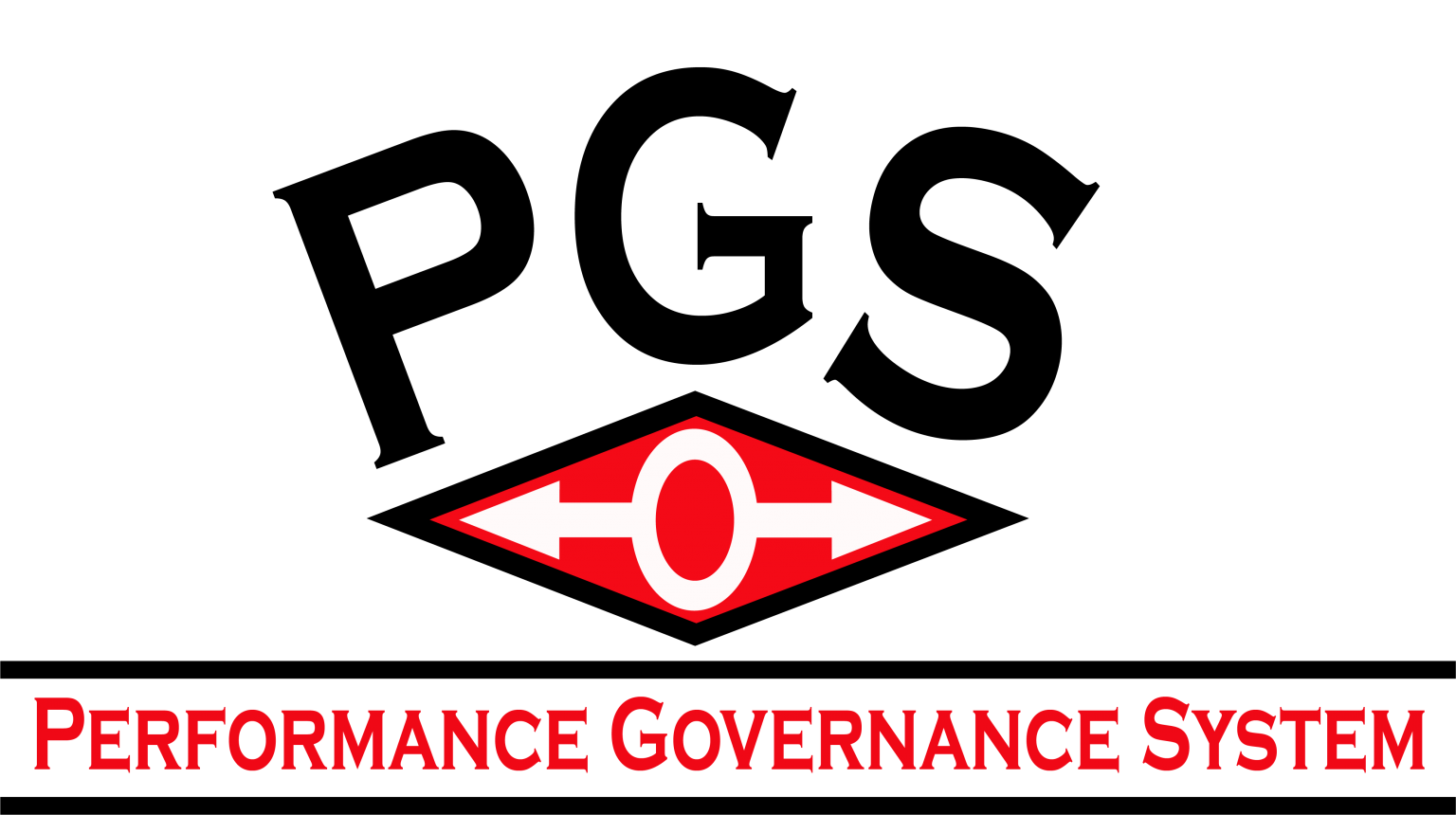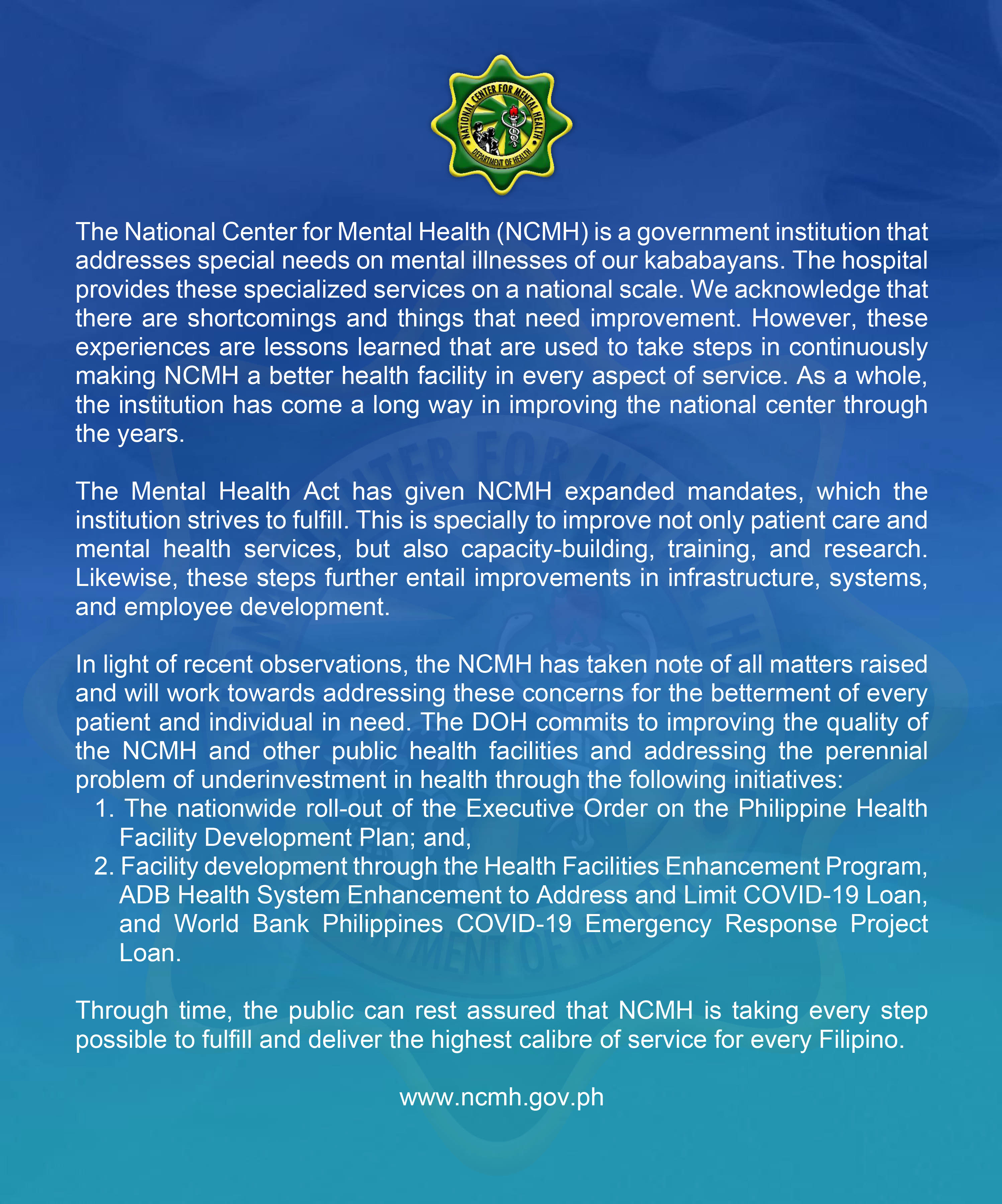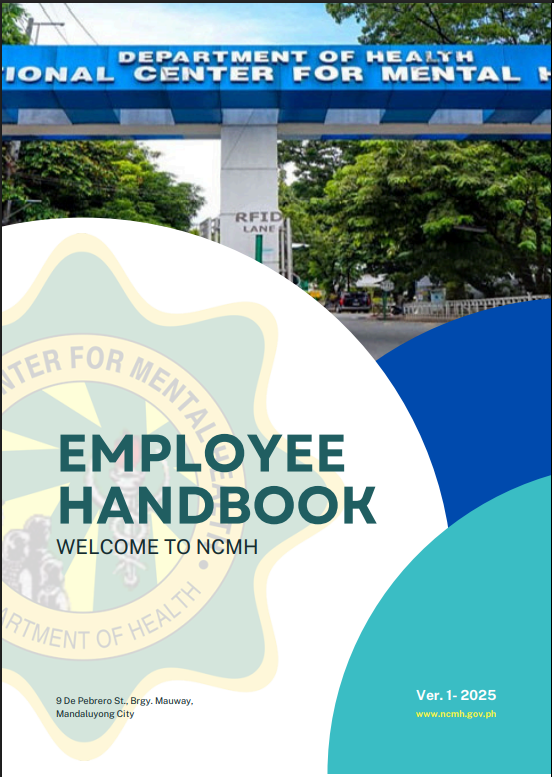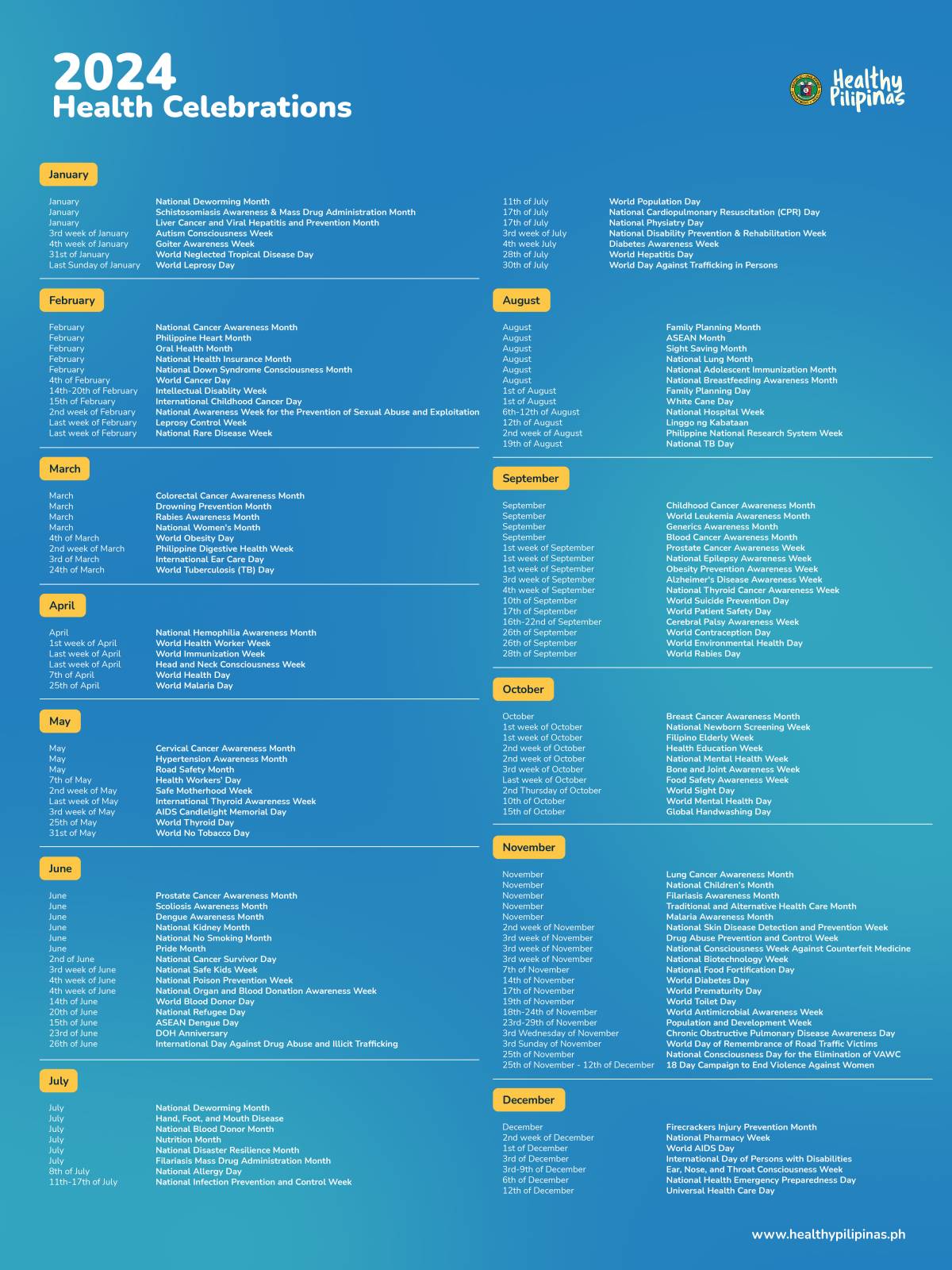Online Services
Statistics
Country Profile
| General Information | |||||||||||
| Brunei Darussalam | Cambodia | Indonesia | Lao People's Democratic Republic |
Malaysia | Myanmar | Philippines | Singapore | Thailand | Vietnam | ||
| Location (Latitude and Longitude) |
|||||||||||
| Land Area (in Sq. Km.) | 5,765 | 181,000 | 1,905,000 | 237,000 | 330,000 | 677,000 | 300,000 | 1,000 | 513,000 | 332,000 | |
| Population | 400,000 | 15,053,112 | 232,516,771 | 6,436,093 | 27,913,990 | 50,495,672 | 93,616,853 | 4,836,691 | 63,139,238 | 89,028,741 | |
| Life Expectancy (in years) | |||||||||||
| a. Male | 75 | 60 | 66 | 65 | 71 | 62 | 65 | 71 | 70 | 72 | |
| b. Female | 80 | 63 | 69 | 67 | 76 | 65 | 71 | 83 | 77 | 76 | |
| Literacy Rate (in percent) | |||||||||||
| a. Male | 100% | 89% | 97% | 89% | 98% | 96% | 94% | 100% | 98% | 97% | |
| b. Female | 100% | 86% | 96% | 79% | 99% | 95% | 96% | 100% | 98% | 96% | |
| Suicide Rate (per 100,000 Population) |
|||||||||||
| a. Male | Not available |
Not available | Not available | Not available | Not available | Not available | 2.5 | 12.9 | 12 | Not available | |
| b. Female | Not available |
Not available | Not available | Not available | Not available | Not available | 1.7 | 7.7 | 3.8 | Not available | |
Governance
| Governance | |||||||||||
| Brunei Darussalam | Cambodia | Indonesia | Lao People's Democratic Republic |
Malaysia | Myanmar | Philippines | Singapore | Thailand | Vietnam | ||
| Mental Health Policy | None | Existing | Existing | Existing | Existing | Existing | Existing | Existing | Existing | None | |
| Mental Health Plan | None | Existing | Existing | None | Existing | Existing | Existing | Existing | Existing | Existing | |
| Mental Health Legislation | Existing, revised | None | None | None | Existing | Existing | None | Existing | Existing | None | |
Financing
| Financing | |||||||||||
| Brunei Darussalam | Cambodia | Indonesia | Lao People's Democratic Republic |
Malaysia | Myanmar | Philippines | Singapore | Thailand | Vietnam | ||
|
Proportion of Mental Health Expenditure from the total expenditure by the government health department |
Not available |
Not available |
Not available |
Not available |
0.39% | Not available |
Not available |
4.14% | 4.0% | Not available |
|
|
Proportion of mental health expenditures spent on mental hospitals |
Not available |
Not available |
Not available |
Not available |
74.29% | Not available |
71.71% | Not available |
Not available |
||
Mental Health Services
| Mental Health Services | |||||||||||
| Brunei Darussalam | Cambodia | Indonesia | Lao People's Democratic Republic |
Malaysia | Myanmar | Philippines | Singapore | Thailand | Vietnam | ||
|
Mental health out-patient facilities |
1.47 | 0.42 | Unknown | 0.047 | 2.58 | 0.07 | 0.049 | 0.06 | 0.14 | 0.07 | |
|
Day treatment facilities (Rate per 100,000 population) |
0.74 | 0.01 | Unknown | 0.00 | 0.23 | 0.002 | 0.004 | 0.52 | 0.003 | 0.001 | |
|
Psychiatric beds in general hospitals |
9.83 | 0.10 | Unknown | 0.54 | 3.28 | 0.30 | 1.41 | 0.09 | 0.34 | ||
| Community residential facilities (Rate per 100,000 population) |
0.00 | 0.00 | Unknown | 0.00 | Unknown | 0.002 | 0.016 | 0.27 | 0.003 | Unknown | |
|
Beds/places in community residential facilities |
0.00 | 0.00 | Unknown | 0.00 | Unknown | 0.036 | 1.556 | 35.46 | Unknown | Unknown | |
| Mental hospitals (Rate per 100,000 population) |
0.00 | 0.00 | 0.20 | 0.00 | 0.01 | 0.004 | 0.002 | 0.02 | 0.03 | Unknown | |
| Beds in mental hospitals (Rate per 100,000 population) |
0.00 | 0.00 | 3.31 | 0.00 | 15.01 | 2.48 | 4.486 | 40.85 | 12.79 | Unknown | |
Access to Care
| Access to Care | |||||||||||
| Brunei Darussalam | Cambodia | Indonesia | Lao People's Democratic Republic |
Malaysia | Myanmar | Philippines | Singapore | Thailand | Vietnam | ||
|
Persons treated in mental health outpatient facilities |
25.8 | 66.43 | Unknown | 52.5 | 1,476.01 | 38.175 | 12.25 | 543.45 | 117.74 | 370.57 | |
|
Person treated in mental health day treatment facilities |
22.85 | Unknown | Unknown | Not available |
Unknown | 0.316 | 4.35 | Unknown | 0.09 | 1.68 | |
|
Admissions to psychiatric hospitals |
51.59 | 1.33 | Unknown | 15.4 | 47.82 | Unknown | Unknown | 35.48 | 0.21 | Unknown | |
|
Person staying in community residential facilities at the end of the year |
Not available |
Not available |
Unknown | Not available |
Unknown | 0.018 | 0.60 | Unknown | Unknown | Unknown | |
|
Admissions to mental hospitals |
Not available |
Not available |
Unknown | Not available |
21.04 | 11.7 | 5.49 | 187.63 | 131.13 | Unknown | |
Long Term Care in Mental Hospital
| Long Term Care in Menal Hospital | |||||||||||
| Brunei Darussalam | Cambodia | Indonesia | Lao People's Democratic Republic |
Malaysia | Myanmar | Philippines | Singapore | Thailand | Vietnam | ||
|
Less than one year |
Not available |
Not available |
Unknown | Not available |
25% | 67.06% | Unknown | 28% | Unknown | Unknown | |
|
More than one year |
Not available |
Not available |
Unknown | Not available |
18% | 32.94% | Unknown | 6% | Unknown | Unknown | |
|
More than five years |
Not available |
Not available |
Unknown | Not available |
57% | 0% | Unknown | 66% | Unknown | Unknown | |
Human Resources Working in Mental Health Sector
| Human Resources Working in Mental Health Sector | |||||||||||
| Brunei Darussalam | Cambodia | Indonesia | Lao People's Democratic Republic |
Malaysia | Myanmar | Philippines | Singapore | Thailand | Vietnam | ||
|
Psychiatrists |
0.98 | 0.23 | 0.01 | 0.03 | 0.83 | 0.09 | 0.38 | 2.81 | 0.44 | 1.01 | |
|
Medical doctors, not specialized in psychiatry |
1.23 | 0.40 | Unknown | 0.17 | Unknown | 0.01 | 0.13 | Unknown | 0.02 | 67.39 | |
|
Nurses |
13.27 | 0.80 | Unknown | 0.30 | 3.31 | 0.19 | 0.72 | Unknown | 3.38 | 75.34 | |
| Psychologists (Rate per 100,000 population) |
0.0 | Unknown | Unknown | 0.0 | 0.29 | 0.002 | 0.22 | Unknown | 0.44 | 0.03 | |
| Social Workers (Rate per 100,000 population) |
0.0 | Unknown | Unknown | 0.0 | Unknown | 0.01 | 0.02 | Unknown | 0.62 | 0.0 | |
| Occupational Therapists (Rate per 100,000 population) |
0.49 | Unknown | Unknown | 0.0 | Unknown | Unknown | 0.02 | Unknown | 0.12 | 0.0 | |
| Other Health Workers (Rate per 100,000 population) |
3.69 | Unknown | Unknown | 0.17 | Unknown | Unknown | 1.33 | Unknown | 0.25 | Unknown | |
Informal Human Resources
| Informal Human Resources | |||||||||||
| Brunei Darussalam | Cambodia | Indonesia | Lao People's Democratic Republic |
Malaysia | Myanmar | Philippines | Singapore | Thailand | Vietnam | ||
|
Present in the country |
|||||||||||
| a. User Association | No | No | Yes | No | No | No | Yes | Yes | Yes | No | |
| b. Family | No | No | Yes | No | Yes | No | Yes | Yes | Yes | No | |
|
Number of members |
|||||||||||
| a. User Association | Not available |
Not available |
Unknown | Not available |
Not available |
Not available |
Unknown | Unknown | Unknown | Not available |
|
| b. Family | Not available |
Not available |
Unknown | Not available |
12 | Not available |
Unknown | Unknown | Unknown | Not available |
|
|
Participation in the formulation / implementation of policy / plan / legislation |
|||||||||||
| a. User Association | Not available |
Not available |
Frequently | Not available |
Not routinely | Not available |
Not routinely | Unknown | Not routinely | Not available |
|
| b. Family | Not available |
Not available |
Frequently | Not available |
Not routinely | Not available |
Not routinely | Unknown | Not routinely | Not available |
|
Medicines
| Medicines | |||||||||||
| Brunei Darussalam | Cambodia | Indonesia | Lao People's Democratic Republic |
Malaysia | Myanmar | Philippines | Singapore | Thailand | Vietnam | ||
|
All psychotherapeutic medicines |
1,199,380 | Unknown | Unknown | Unknown | Unknown | Unknown | Unknown | Unknown | Unknown | Unknown | |
|
Medicines used for bipolar disorders |
Unknown | Unknown | Unknown | Unknown | Unknown | Unknown | Unknown | Unknown | Unknown | Unknown | |
|
Medicines used for psychotic disorders |
Unknown | Unknown | Unknown | Unknown | Unknown | Unknown | Unknown | Unknown | Unknown | Unknown | |
| Medicines used for general anxiety (Expenditure at country level per year and per 100,00 population (in USD) |
Unknown | Unknown | Unknown | Unknown | Unknown | Unknown | Unknown | Unknown | Unknown | Unknown | |
| Medicines used for mood disorders (Expenditure at country level per year and per 100,00 population (in USD) |
Unknown | Unknown | Unknown | Unknown | Unknown | Unknown | Unknown | Unknown | Unknown | Unknown | |
Information Systems
| Information Systems | |||||||||||
| Brunei Darussalam | Cambodia | Indonesia | Lao People's Democratic Republic |
Malaysia | Myanmar | Philippines | Singapore | Thailand | Vietnam | ||
|
Persons with mental disorder treated in primary health care |
|||||||||||
| a. Number | No | No | Yes | No | Yes | Yes |
Yes | Yes |
Yes | Yes | |
| b. Age and Gender | No | No | Yes | No | Yes | Yes | Yes | Yes | Yes | Yes | |
| c. Diagnosis | No | No | Yes | No | Yes | Yes | Yes | Yes | Yes | Yes | |
|
Intervention (psychopharmacological and psychosocial) delivered in primary health care for people with mental disorders |
|||||||||||
| a. Number | No | No | No | No | No | Unknown |
Yes | No |
No | Yes | |
| b. Age and Gender | No | No | No | No | No | Unknown | Yes | No | No | No | |
| c. Diagnosis | No | No | No | No | No | Unknown | Yes | No | No | Yes | |
|
Persons treated mental health outpatient facilities |
|||||||||||
| a. Number | Yes | No | No | No | Yes | Yes |
Yes | Yes |
Yes | Yes | |
| b. Age and Gender | Yes | No | No | No | No | Yes | Yes | Yes | Yes | No | |
| c. Diagnosis | Yes | No | No | No | No | Yes | Yes | No | Yes | Yes | |
| Contacts in mental health outpatient facilities | |||||||||||
| a. Number | No | No | No | No | No | Yes |
Yes | Yes |
Yes | No | |
| b. Age and Gender | No | No | No | No | No | Yes | Yes | No | Yes | No | |
| c. Diagnosis | No | No | No | No | No | Yes | Yes | Yes | Yes | No | |
| Persons treated in mental health day treatment facilities | |||||||||||
| a. Number | Yes | No | No | No | No | Yes |
Yes | No |
No | Yes | |
| b. Age and Gender | Yes | No | No | No | No | Yes | Yes | Yes | No | No | |
| c. Diagnosis | Yes | No | No | No | No | Yes | Yes | Yes | No | No | |
| Admissions in general hospitals with psychiatric beds | |||||||||||
| a. Number | Yes | Not available | No | Yes | Yes | Yes |
Yes | Yes |
No | No | |
| b. Age and Gender | Yes | Not available | No | Yes | Yes | Yes | Yes | Yes | No | No | |
| c. Diagnosis | Yes | Not available | No | Yes | Yes | Yes | Yes | Yes | No | No | |
| Admissions in mental hospital | |||||||||||
| a. Number | Not available | Not available | No | Not available | Yes | Yes |
Yes | Yes |
Yes | Yes | |
| b. Age and Gender | Not available | Not available | No | Not available | Yes | Yes | Yes | Yes | Yes | No | |
| c. Diagnosis | Not available | Not available | No | Not available | Yes | Yes | Yes | Yes | Yes | Yes | |
| Days spent in mental hospital | |||||||||||
| a. Number | Not available | Not available | No | Not available | Yes | Yes |
Yes | Yes |
Yes | Yes | |
| b. Age and Gender | Not available | Not available | No | Not available | Yes | Yes | Yes | Yes | Yes | No | |
| c. Diagnosis | Not available | Not available | No | Not available | Yes | Yes | Yes | Yes | Yes | Yes | |
| Admissions in community residential facilities | |||||||||||
| a. Number | Not available | Not available | No | Not available | No | Yes |
Yes | Yes |
No | Yes | |
| b. Age and Gender | Not available | Not available | No | Not available | No | Yes | Yes | Yes | No | Yes | |
| c. Diagnosis | Not available | Not available | No | Not available | No | Yes | Yes | Yes | No | No | |
References
- World Health Organization. 2011. Brunei Darussalam. Mental health Atlas 2011- Department of Mental health and Substance abuse, World Health Organization
- World Health Organization. 2011. Cambodia. Mental health Atlas 2011- Department of Mental health and Substance abuse, World Health Organization
- World Health Organization. 2011. Indonesia. Mental health Atlas 2011- Department of Mental health and Substance abuse, World Health Organization
- World Health Organization. 2011. Lao People’s Democratic Republic. Mental health Atlas 2011- Department of Mental health and Substance abuse, World Health Organiza-tion
- World Health Organization. 2011. Malaysia. Mental health Atlas 2011- Department of Mental health and Substance abuse, World Health Organization
- World Health Organization. 2011. Myanmar. Mental health Atlas 2011- Department of Mental health and Substance abuse, World Health Organization
- World Health Organization. 2011. Philippines. Mental health Atlas 2011- Department of Mental health and Substance abuse, World Health Organization
- World Health Organization. 2011. Singapore. Mental health Atlas 2011- Department of Mental health and Substance abuse, World Health Organization
- World Health Organization. 2011. Thailand. Mental health Atlas 2011- Department of Mental health and Substance abuse, World Health Organization
- World Health Organization. 2011. Vietnam. Mental health Atlas 2011- Department of Mental health and Substance abuse, World Health Organization
- World Health Organization. 2012. WHO-AIMS Report on Mental Health System in the Lao People’s Democratic Republic. Department of Mental health and Substance abuse, World Health Organization
- World Health Organization. 2006. WHO-AIMS Report on Mental Health System in the Myanmar. Department of Mental health and Substance abuse, World Health Organization
- World Health Organization. 2007. WHO-AIMS Report on Mental Health System in the Philippines. Department of Mental health and Substance abuse, World Health Organi-zation
- World Health Organization. 2006. WHO-AIMS Report on Mental Health System in the Thailand. Department of Mental health and Substance abuse, World Health Organization
- World Health Organization. 2006. WHO-AIMS Report on Mental Health System in the Vietnam. Department of Mental health and Substance abuse, World Health Organization
Researches
![]() Philippines
Philippines
Occupational Stress Level and sociodemographic profiles of Psychiatric Residents at the National Center for Mental Health
| Title |
Occupational Stress Level and sociodemographic profiles of Psychiatric Residents at the National Center for Mental Health by Dr. Bordado, Ruth Ma. A, Corpuz, C., Cruzada, J. etal |
||||||||||
| Objectives |
This study determines the presence and level of occupational stress among medical residents training in the field of psychiatry at the National Center for Mental Health and their sociodemographic profiles. |
||||||||||
| Methods |
It is a descriptive study conducted in June 2003 among 18 psychiatric residents using the Occupational Stress Assessment as a tool to measure their individual stress level in terms of factors in the work place such as empowerment, organizational irrationality, job complexity, work support environment and management exposure. Other factors outside the workplace include home support, negative outcome and relaxation potential. Consequently, their socio-demographic characteristics were also determined. |
||||||||||
| Results |
A total of 18 residents, 8 males (44%) and 10 females (56%) responded. It revealed that although stress is existent, factors like high work support and exposure management assisted the participants in coping. In addition, it revealed that the residents scaled the same level in certain factors like empowerment, exposure management and relaxation potentials. In totality, although burnout syndrome was not evident at this point in time, most residents scored in the medium level in many scales indicative of possible opportunity for improvement. |
||||||||||
| Conclusion |
Despite stressors encountered during residency training in psychiatry, factors such as support at work place and at home, empowerment and relaxation potential lowered the level of stress among the trainees. |
||||||||||
Sociodemographic, family, clinical and criminal profile of youth offenders at the child and adolescent out patient service of the National Center for Mental Health for the Year 2003
| Title |
Sociodemographic, family, clinical and criminal profile of youth offenders at the child and adolescent out patient service of the National Center for Mental Health for the Year 2003 by Dr. Bordado, Ma. Ruth A., Gaslindez, M. and Triunfo, S. |
||||||||||
| Objectives |
The objective of this paper is to determine the individual, family, clinical and criminal characteristics of youth offenders seen at the Child and Adolescent Psychiatry-Out Patient Service (OPS) of the National Center for Mental Health for year 2003. |
||||||||||
| Methods |
This is a retrospective study of the young population who committed acts punishable by law and were referred to NCMH for psychiatric evaluation and management as ordered by the justice system of the Philippines. Data was gathered from hospital records and court reports submitted by psychiatric residents supervised by child and adolescent psychiatrist. The data included individual, family, clinical, and criminal characteristics. For the individual and clinical, social, behavioral and educational characteristics were determined as well as psychiatric history and diagnosis using the DSM IV TR Criteria. Family profile included a description of the structure of the family and for the criminal profile - what crime was committed. |
||||||||||
| Results |
The study showed that among the youth offenders the male exceeded the female in number (17:1). More than half of them came from major cities and had only primary education. It also revealed that half of them had a history of methapethamine and inhalant use. The youngest and oldest offenders, were 11 and 18 years old respectively. Theft was the common crime committed. It also revealed that the offenders had no previous psychiatric consultation prior to the commission of the crime. Seventeen (94.44%) out of 18 were diagnosed with psychiatric disorder and the most common diagnosis was Mental Retardation. |
||||||||||
| Conclusion |
Several characteristics were found to be common and can provide a profile of the youth offenders referred for psychiatric evaluation and management. However, there is a need for further exploration to determine them impact on the youth offenders in order to create guidelines for therapeutic as well as preventive programs. |
||||||||||
Facets of Occupational stress among the nursing staff in secondary hospitals in the Province of Romblon from June to July 2004, using the Occupational stress assessment instrument (OSA)
| Title |
Facets of Occupational stress among the nursing staff in secondary hospitals in the Province of Romblon from June to July 2004, using the Occupational stress assessment instrument (OSA) by Dr.Manzo, Joy and Cruzada, J. |
||||||||||
| Objectives |
This study aims to describe the occupational stress profile of Nursing staff in 2 secondary hospitals in the Province of Romblon. |
||||||||||
| Methods |
A descriptive study of 52 respondents composed of nurses and nursing attendants from secondary hospitals in Romblon were given self-administered OSA questionnaires that measured several facets of occupational stress, I.e empowerment, exposure management, relaxation, home and work support, job complexity, negative outcome and organizational irrationality. This would determine specific areas of work that would cause stress. |
||||||||||
| Results |
Majority of the respondents were female, above 40years old, married and whose husbands occupation was not related to health service. They had less than 4 children but ha more than ten years of hospital service, handling more than 50 patients. Most of them were from the morning shift. On the positive sub scales of OSA, data revealed that majority of the respondents fuel within the moderate levels with regards: empowerment (92.3%), exposure management (86.5%), and relaxation potential (76.2%). Majority perceived high levels of work (94.2%), and home support (84.6%) respectively. The profile of these respondents was that they were married with their spouse working outside the health sector and had a total of 5-10 years of hospital service. As to the negative sub scale, 61.5% of the respondents measured low on job complexity and majority had moderate level of occupations stress for organizational irrationality (57.7%) and negative outcome (63.5%). The profile of these respondents was they were above 40 years old, with more than 10 years of service, and would handle 10-20 patients. . |
||||||||||
| Conclusion |
The nurses and nursing attendants in Province of Romblon had an optimum level of occupational stress necessary to have control over their work and deal with changes I'm hospital policies, rules or structure. They had stable social/family and working relationships. Occupational-related health psychological stress were experienced but still allowed them to function socially and occupuationaly. They also managed to have enough time for relaxation. MoST of them perceived their jobs as less complicated and some perceived the hospital structure as simple, organized and less challenging. |
||||||||||
- Details
- Written by Super User
- Category: Mental Health DB





















